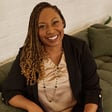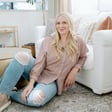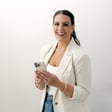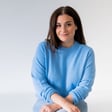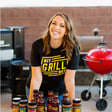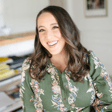
Episode 251 - Finding Your Signature Style
In today's episode, I'm chatting with Genna Blackburn about finding your signature style. Whether you're a designer, artist or any kind of creative, I think you're going to find a lot of wisdom with Genna.
This episode is sponsored by BDOW!, formerly Sumo, the very best intelligent form and pop-up tool for your website. Deliver the right message, to the right visitor, using our advanced targeting rules. Whether you want to display a pop-up to only new visitors, or generate a unique discount code for those who subscribe to your list, you can get the job done using BDOW!
As always, links and resources can be found in the show notes. Check 'em out over at https://daveyandkrista.com/finding-signature-style-btb-251/. And if you enjoyed this episode, please consider leaving a review over at Apple Podcasts.

